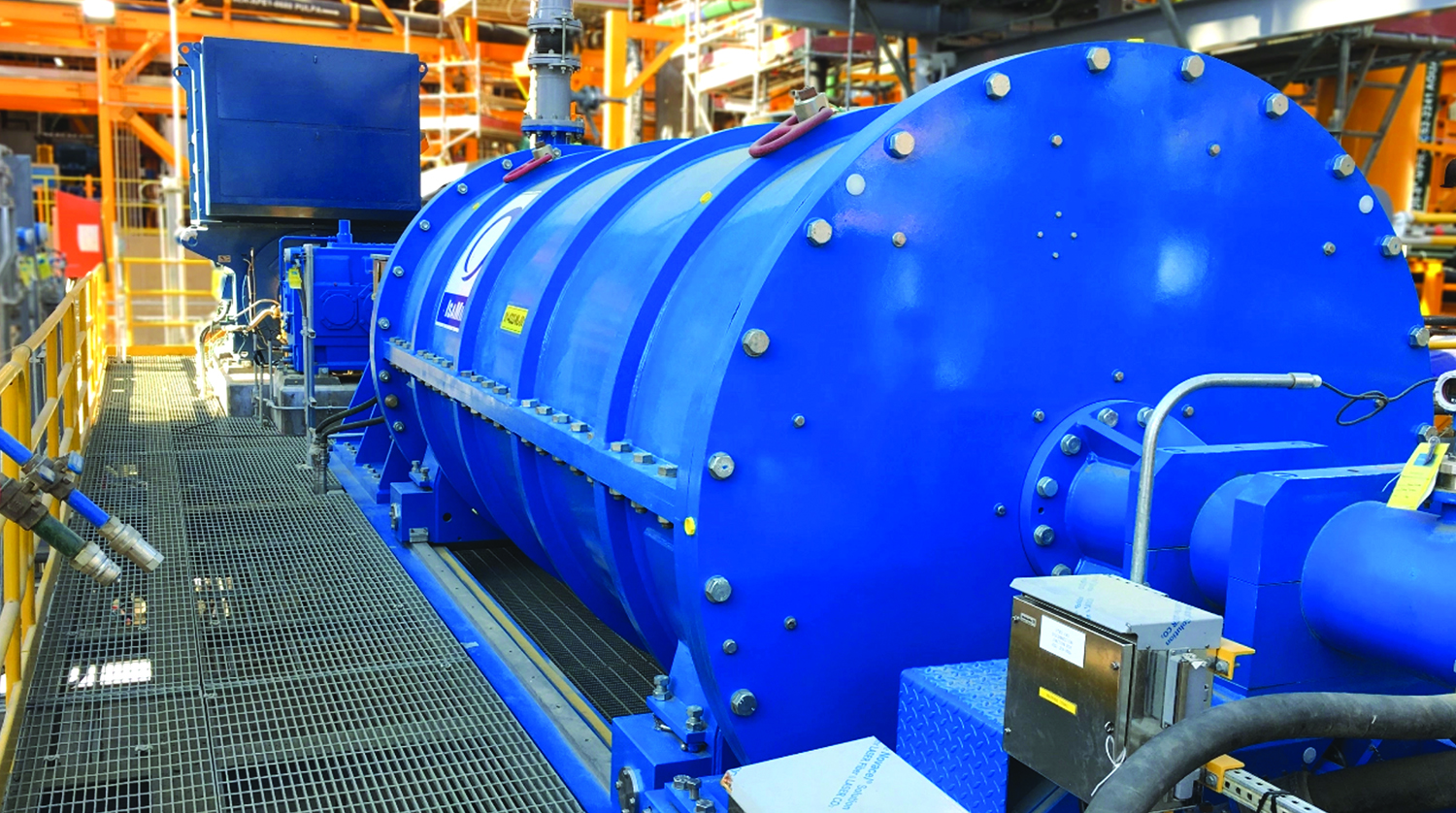
According to a technical paper recently made available by Glencore Technology, the practice of optimizing media selection, understanding how density and viscosity impact an IsaMill’s efficiency, and following simple troubleshooting guidelines outlined in the paper can serve as a dependable blueprint for auditing IsaMill performance in any application.
Glencore Technology recently announced that it has released the full version of a highly anticipated paper titled Stirred Mill Optimization – Am I Getting the Most Out of My Mill? The paper, included in the technical program at the Maintenance, Engineering and Reliability/Mine Operators (MEMO) conference held in Saskatoon, Saskatchewan, Canada in September, was presented by Scott Martin, Glencore Technology’s sales director for North and Central America, and co-authored by company senior metallurgists Ion Gurnett and Andrew Swann.
The IsaMill is a horizontal, high-intensity stirred grinding mill containing rotating rubber-lined grinding discs mounted on a cantilevered shaft. Ceramic grinding beads are used within the mill and will recirculate between the rotating discs. Grinding of the feed slurry occurs through attrition and abrasion mechanisms.
The paper, which can be downloaded from the Glencore Technology web site, suggests that over time, fundamentals and institutional knowledge about operating critical equipment are often lost due to staff turnover and attention to the latest problem. Ultimately, developing plant conditions (mineralogy, throughput, particle size distribution, etc.) change the operating philosophy of any concentrator, and poorer or unoptimized operation of key equipment can become the standard operating practice. Using the IsaMill as a case study to prevent this familiar scenario, the authors offer a blueprint on how to audit an existing stirred mill to get the most out of it.
Key areas covered by the paper include: how to survey an IsaMill correctly; optimize media selection and operating density; how to benchmark a mill to design; and typical strategies to minimize wear within the IsaMill.
The authors state that operating sites should be able to ensure their stirred mill is fully optimized by following the steps outlined in the paper, but “…the simplest and most fundamental measure of the condition of a regrind plant is the performance of unit operations downstream, such as flotation or leaching. If the regrinding process is achieving target outcomes, there should be tangible benefits to the overall plant operation, (e.g., recovery, grade, reagent consumption). Small step changes made gradually may be overlooked when observing short-term data. Considering longer-term trends ensures that you compare conditions before and after observed wear rate increases. Process stability, not just long-term averages, is also important to observe. An unsteady process is much more likely to lead to increased wear rates.”
They explain that by regularly reviewing certain areas, troubleshooting within the IsaMill circuit can become a straightforward and reliable routine to maintain overall plant performance. The suggested areas of inquiry include:
• Note any changes in IsaMill process conditions, and if observed, review them using the following parameters as a good starting point for investigation: power draw, feed density, feed pressure, and upstream performance (flotation recovery, changes in the primary grind/cyclone performance).
• Has the quality of media deteriorated? Is the media angular and not wearing evenly?
• Are foreign objects entering the IsaMill? Items like nuts and bolts can quickly damage its internal components.
• What does the temperature profile of the IsaMill look like? Does it suggest that there may be media compaction (large, localized concentrations of media, creating “hot spots”)?
• Conduct regular regrind circuit surveys, which should include samples of the following streams: IsaMill circuit fresh feed, IsaMill feed, IsaMill discharge and optionally IsaMill circuit discharge – Combined cyclone overflow and IsaMill discharge (installed in open loop configuration). Because of the recycle around the IsaMill, mill fresh feed (not mill feed) needs to be used when calculating specific energy (compared to the power in the mill per ton of fresh feed treated).
The paper concludes by noting that through optimizing media selection, understanding how density and viscosity impact the mill’s efficiency and following the simple troubleshooting guidance outlined in the paper, the blueprint for auditing existing IsaMills can be applied to any commodity.






